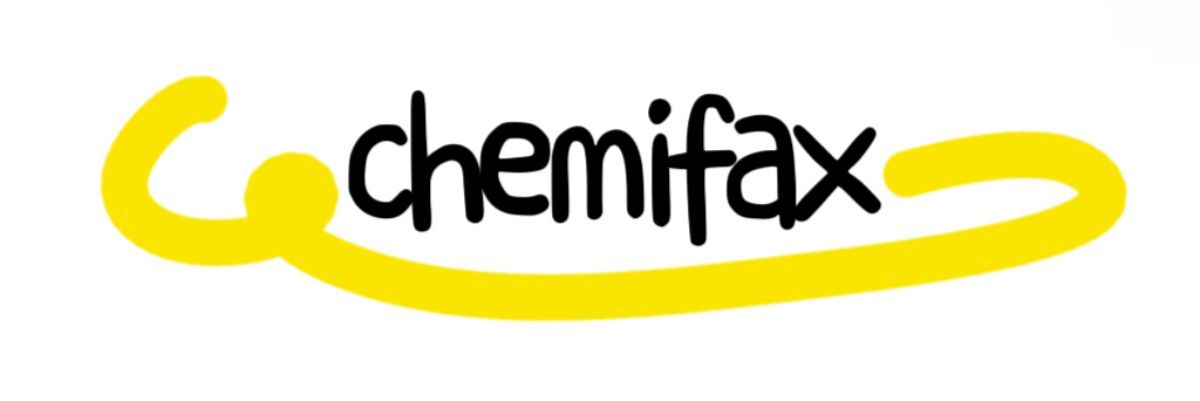7 Benefits of High Refractive Index Encapsulation Materials for LEDs
Jun. 03, 2025
As the lighting industry evolves, innovations continue to shape the efficiency and performance of light-emitting diodes (LEDs). One such advancement is the use of encapsulation materials, particularly those with a high refractive index. These materials are increasingly favored for their ability to enhance LED performance, reliability, and longevity.
Want more information on High Refractive Index Encapsulation Materials For Led? Feel free to contact us.
What Are High Refractive Index Encapsulation Materials?
High refractive index encapsulation materials for LEDs are specialized substances used to cover and protect LED components. These materials can significantly improve light extraction efficiency while offering superior protection against environmental factors. By using these materials, manufacturers and consumers alike can enjoy the benefits of brighter, more durable LED lighting.
1. Enhanced Light Extraction Efficiency
One primary benefit of high refractive index encapsulation materials for LEDs is their ability to enhance light extraction efficiency. Traditional encapsulation materials, with lower refractive indices, can trap light within the LED package, reducing overall efficiency. High-index materials minimize this loss by facilitating better light propagation, resulting in brighter output. This can directly influence customer satisfaction, especially in applications where lighting intensity is critical, such as in commercial or industrial spaces.
Solution: Choosing the Right Material
Manufacturers must thoroughly research and select high refractive index encapsulation materials that are compatible with their LEDs. Comprehensive testing in the lab can ensure that the selected encapsulant maximizes light output. Recommendations from material scientists or suppliers can provide valuable insights in this area.
2. Improved Thermal Management
Thermal management is another key aspect influenced by the choice of encapsulation materials. High refractive index encapsulation can help dissipate heat more effectively compared to traditional materials, thereby protecting the LED’s components from overheating and extending its lifespan.
Solution: Incorporate Thermal Conductive Additives
Incorporating thermal conductive additives in high refractive index encapsulation materials can facilitate better heat dissipation. Operators can easily modify existing formulations with these additives to enhance thermal properties without significantly complicating the manufacturing process.
3. Increased Longevity and Reliability
The durability of high refractive index encapsulation materials leads to increased longevity and reliability of the LED products. This longevity is critical for customers in sectors like automotive lighting or street lamps, where replacement costs and downtime can be considerable.
Solution: Regular Maintenance Checks
To take full advantage of the durability, end-users should implement regular maintenance checks. Establishing a schedule for inspection and cleaning can prevent potential issues before they become significant problems, ensuring a longer lifespan for their LED systems.
4. Enhanced Color Stability
High refractive index encapsulation materials also help in maintaining color stability over time. This stability is vital for customer satisfaction in applications such as stage lighting or decorative installations where color accuracy is paramount.
Solution: Opt for UV-resistant Additives
Using UV-resistant additives in the encapsulation material formulation can better protect against color shift caused by UV exposure. Manufacturers should consider this integration during the product development phase to ensure optimal color fidelity.
5. Better Environmental Resistance
These materials offer better resistance to environmental factors such as moisture, dust, and chemical exposure. This increased resilience means fewer failures in harsh conditions, appealing to customers utilizing LEDs in outdoor or industrial environments.
Solution: Conduct Environmental Testing
Manufacturers should subject their products to rigorous environmental testing to gauge performance under various conditions. By understanding the environmental limitations, they can create products that are more suited for the intended application.
6. Cost-Effectiveness Over Time
While the initial costs of high refractive index encapsulation materials may be higher, the long-term cost savings due to increased efficiency, reduced failure rates, and lower maintenance costs make them a smart choice for many users.
Solution: Perform a Total Cost of Ownership Analysis
End-users should conduct a total cost of ownership analysis when considering LED fixtures. This analysis evaluates the longer-term benefits, helping justify the initial investment in high refractive index encapsulation materials for LEDs.
7. Compatibility with Advanced Manufacturing Techniques
The latest high refractive index encapsulation materials can often be integrated with advanced manufacturing techniques such as 3D printing and automated dispensing. This compatibility opens new avenues for customization and efficiency in production processes.
Solution: Invest in Advanced Equipment
Manufacturers should consider investing in advanced equipment that allows for the precision application of these new materials. This investment can streamline production processes, thus keeping pace with an evolving market.
In conclusion, high refractive index encapsulation materials for LEDs hold numerous benefits that can significantly impact performance, longevity, and customer satisfaction. By understanding the relevant challenges and implementing feasible solutions, both manufacturers and end-users can make the most of these innovative materials in their applications.
If you are looking for more details, kindly visit Hydrophilic coatings for Air Conditioner.
86
0
0


Comments
All Comments (0)